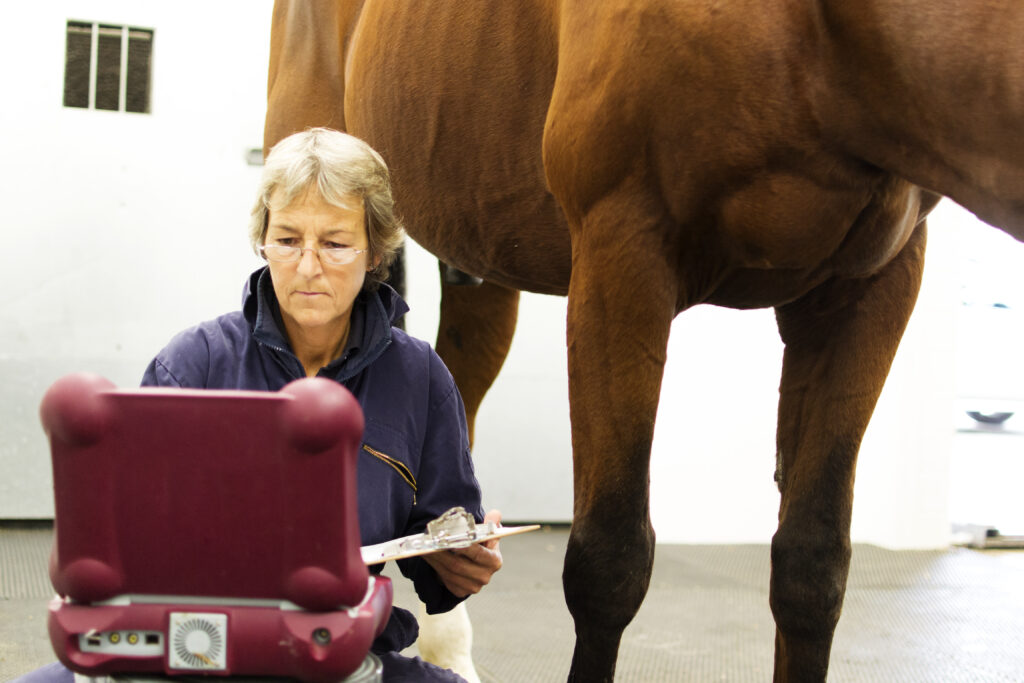
Removal of hardware following fracture repair is not without risk of complications. There is still debate over the prudence and practicality of implant removal among all species, with no proposed, detailed, and internationally accepted guidelines available. A collaborative study from Germany and Spain summarized published data in equine, small animal, and human patients to arrive at a summary of pros and cons regarding implant removal. This study included a summary of arguments for and against implant hardware removal. Consideration of these points along with evidence-based protocols might help practitioners decide if and when they should remove an implant.
Implant Removal Risks and Benefits
| In Favor of Removal | Against Removal |
| Carcinogenesis potential is no longer a concern | Risks of additional surgery |
| Implant corrosion is no longer a concern due to technological improvements in metal | Refracture risk after removal |
| Bacterial infection | Nerve lesions |
| Avascular necrosis | Hemorrhage |
| Internal plate breakage or failure | Incomplete hardware removal |
| Angular limb deformities of growing patients | Infection |
| Functional improvement following removal | |
| Pain relief | |
| Other indications: | Socioeconomical factors: |
| Thermal conduction from the environment | Costs |
| Soft tissue irritation | Recovery period |
| Stress protection from interference with local vasculature | |
| Objective accomplishment |
Favorable Arguments Based on Literature
Favorable arguments for removal in equine medicine are based on literature reports:
- The overall postoperative infection rate in equine patients is 28%, especially related to loosening of the implant. In one study of extracted plates, 35% were infected. Infection leads to inflammation, pain, delayed healing, loosening of the implant, and potential loss of function of the implant.
- Young, growing equine patients could experience developmental abnormalities, such as angular limb deformities that interfere with athletic performance.
- Once a fracture has healed, it is not uncommon for screws to loosen. In addition, an elastic mismatch between the bone and the plate could lead to another fracture.
Opposing Arguments Based on Literature
Arguments against implant removal in horses include:
- The overall complication rate was 12.5%, although the study was only able to access small sample sizes.
- Common complications following hardware removal include refractures and persistent infections. Refracture is more prevalent in weight-bearing long bones and in older patients. In humans, infection rates have been reduced from 13.4% to 5.5% by administering intravenous antibiotics within three hours of injury along with extensive debridement.
- Other complications include neurovascular injury.
- While implantation may have been minimally invasive, explantation could become maximally invasive.
Final Thoughts
The authors noted that the overall outcome of healing in horses depends on the fracture site and patient age. The younger the horse and the better the body condition score, the better the outcome. The authors stressed the importance of considering evolving strategies for alternative therapeutic approaches, such as antibiotic or antimicrobial coating of implants to prevent infections, or the use of other devices, such as bioabsorbable implants. Such alternatives might obviate the necessity of implant removal and the risk of associated complications.
Reference
Andrade MC, Aznar IDR, Brunnberg M, Slunsky P. Indications for the removal of implants after fracture healing: A comparison between human and veterinary medicine. Veterinarni Medicina 2023, vol. 68;doi.org/10.17221/52/2023-VETMED








